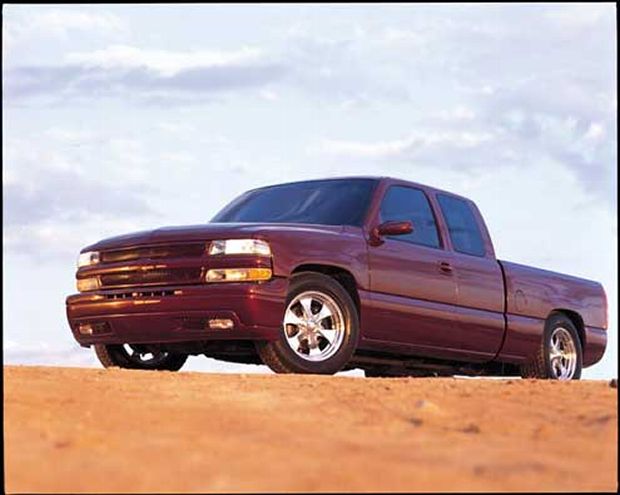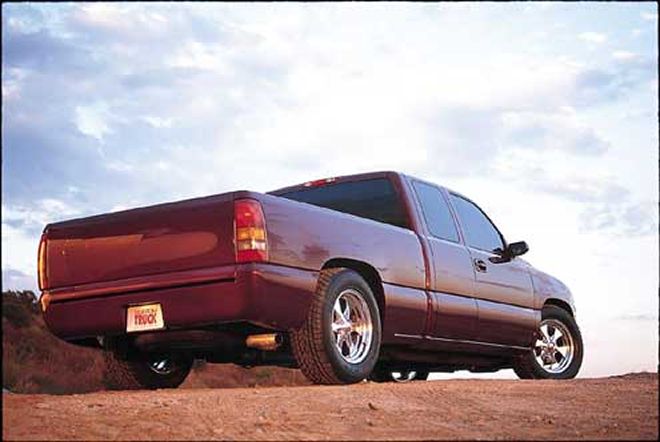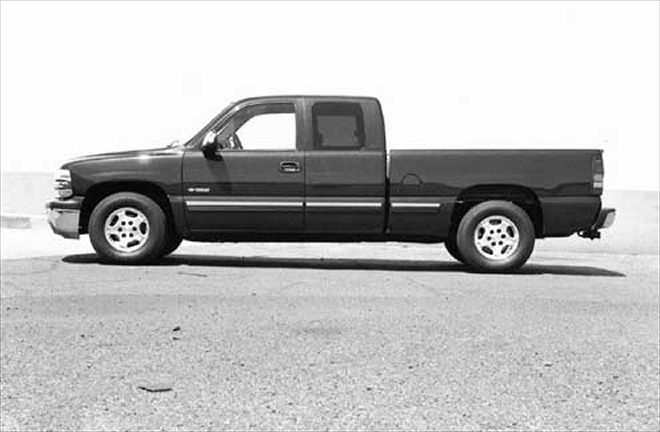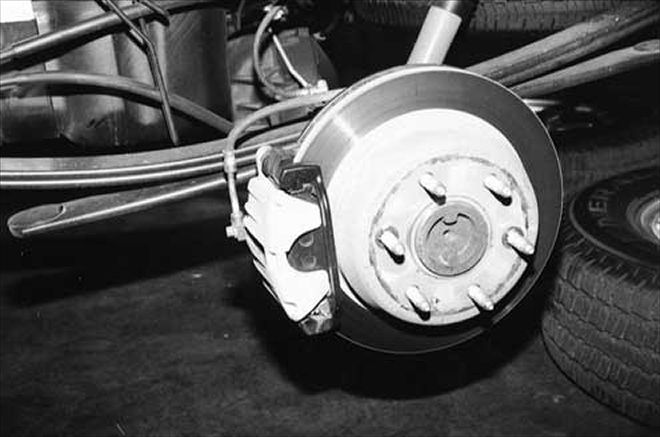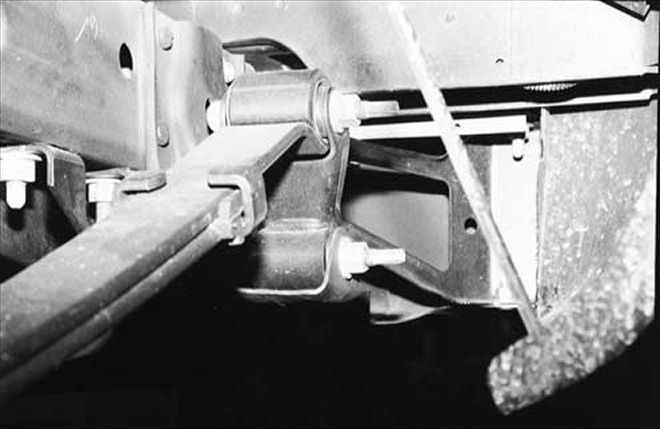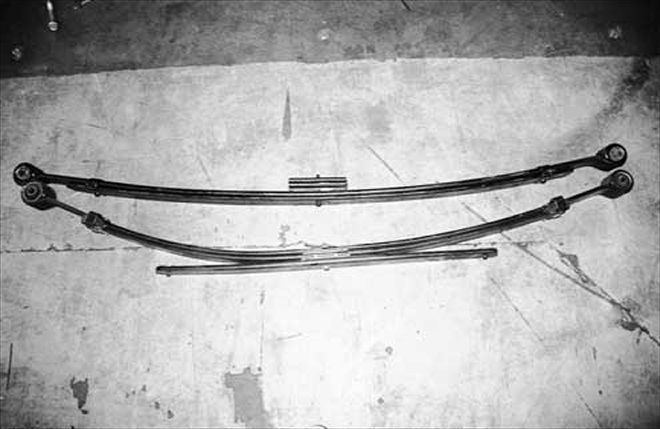As is the case of many sport truck enthusiasts who find themselves ready to embark on a new project, the modification of Sport Truck's latest vehicle began even before the protective plastic could be torn away from the seats.
We are in the unique and enviable position of having the very first new 1999 Silverado to roll off the assembly line and into the paint shop.
Since their last redesign in 1988, Chevy trucks have driven the sport truck industry. More aftermarket products are available for Chevys and their engine platforms than for any other pickup. Accessory manufacturers will have products ready even before the fist Silverados hit the showroom floor.
To underscore the availability of parts, and to fan the excitement about its new truck, Chevrolet let us get our hands on this 2WD 1/2-ton Silverado. Our Extended Cab shortbed truck came equipped with a 5.3L V-8 that churns out 270 hp and 315 lb-ft of torque. You don't have to rely on the parts store to supply you with four-wheel disk brakes, powerful engines, or locking spares--those items are on the long list of factory-equipped features. Frankly, we'd be perfectly happy driving this truck in its stock form for a while, but since we were invited to perform any modifications we wanted, we were more than happy to oblige. Plus, we like to show-off.
Serial No. 0001 was barely out of the manufacturer’s lot when we had new wheels, tires, grille, mirrors, and roll pan installed. The suspension mods followed. In a flash, we’d given a mild yet striking stance to Chevy’s 1999 Silverado. In many ways, the Silverado’s predecessor defined the sport truck market. In the coming months, truck builders from across the country will decide whether the same will be true of this latest product.
Our first take on modifying our new vehicle relied on a combination of off-the-shelf bolt-ons and mild body modifications. As you'll see, the results were immediately gratifying. Over the coming months, we'll continue to modify the truck in hopes of enhancing its looks and performance through the use of parts available from Malibu Sportruck, Hotchkis Performance, Baer Racing, Gibson Exhaust, Whipple Industries, and JET.
In the meantime, we've concentrated our efforts on the suspension, wheels and tires, and exterior bolt-ons. As this new truck is redesigned, most of the parts we'll use will be early-production bolt-ons or custom-made prototypes.
The new truck's suspension was lowered with springs from Mesa, Arizona-based Chasssis Tech. While suspension manufacturers scramble to produce a new spindle or a redesigned A-arm, we expect that shorter coils, de-arched leaves, shackles, and flip kits will be used for lowering purposes over the next several months. Chassis Tech lowered the truck 3/4 in less than an afternoon, using such a system.
The suspension work enabled us to visit Price Truck Stop in Scottsdale, Arizona, for fitment of the wheels and tires before sundown. The truck's new bolt pattern (6 on 5.5 inches) and offsets (front 5.5 inches, rear 6.75 inches) were incorporated into a wheel design by B. Coddington, which is sold exclusively through Price Truck Stop. The company specializes in fender-stuffing wheel and tire combinations for virtually every street truck. Our truck's bigger fender wells and limited clearance posed no challenge to Price. Armed with years of experience, the crew (Steve Brown, Dale McLaughlin, and Perry Price) was able to fill the fenders with the new Bell Bottom wheel. The billet wheels measure 18x8 in the front and 18x9.5 in the rear and are wrapped with Bridgestone Dueler HTS tires (265/60R18 front, 285/60R18 rear).
Custom Painting in nearby Tempe, Arizona. Deano's crew (Forrest Jones, Matt Howard, Chris Rodes, and Taylor Jenson) color-matched a pair of mirrors and a Speed Grille from Street Scene Equipment, along with a roll pan and a tailgate-handle relocator from Sir Michaels.
Deano's did much more than slap some paint on our parts, however. The shop worked closely with our project coordinator (Price Truck Stop) to maintain a consistent design element throughout the buildup. The crew was also charged with shaving the tailgate and color-matching the stock parts.
